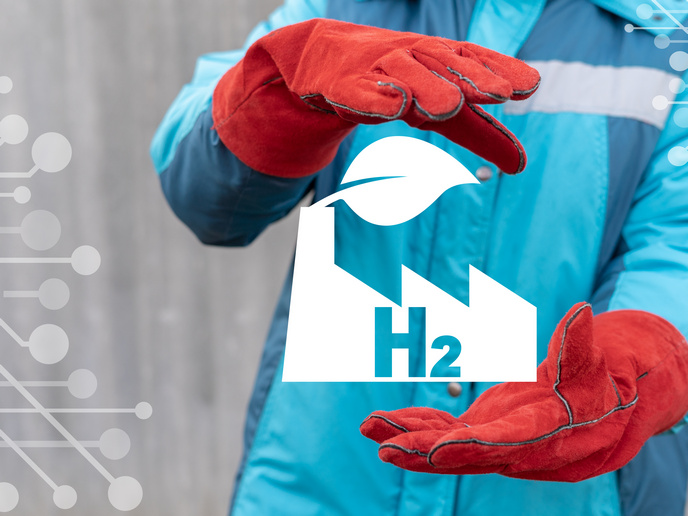The optimal potential of fuel blending
In line with supporting EU policy to lessen CO2 emission, the use of fossil fuels in the field of heat and power production has been reduced. Biofuels are thus being exploited as viable power generation alternatives. However their use has a negative impact when it comes to combustion conditions, leading to the volatilisation of elements and particle formation. Examples include toxic metals (ToMes) such as lead, chromium, cadmium and particularly mercury which are altered within compounds they have formed due to oxidation, reduction and sorption. In light of this, the TOMERED project has pinpointed behavioural changes that occur in the course of ToMe emission during the (co-) firing of bio fuel/coal fuel blends. Furthermore the means for creating and analysing ways to lessen these emissions with fuel blending and the use of low cost sorbents and multi-pollutant cleaning systems was sought. The answer to this pursuit lies in primary measures such as the utilisation of fuel blends with low ToMe emission; thus, major process modifications and additional equipment can be eliminated. The fuel blends were evaluated for interactions and in turn the results of those tests were used for fuel blending protocols. This fuel blending strategy has promising potential thanks to being cost-efficient as well as versatile with respect to its applicability with various fuels such as coal and biomass/waste.







